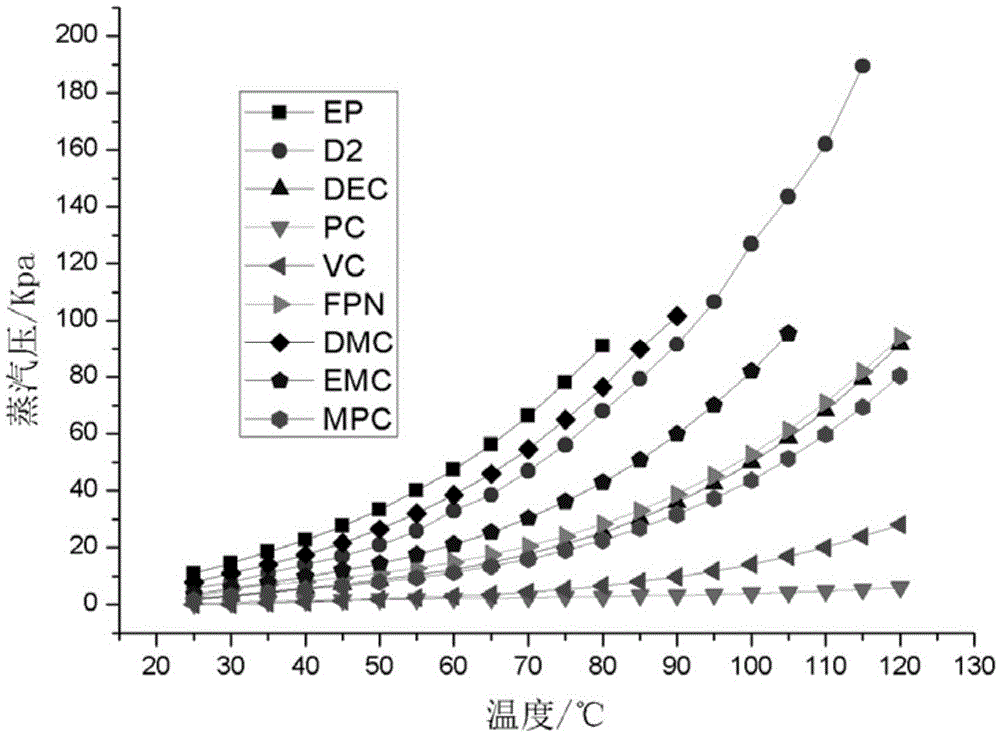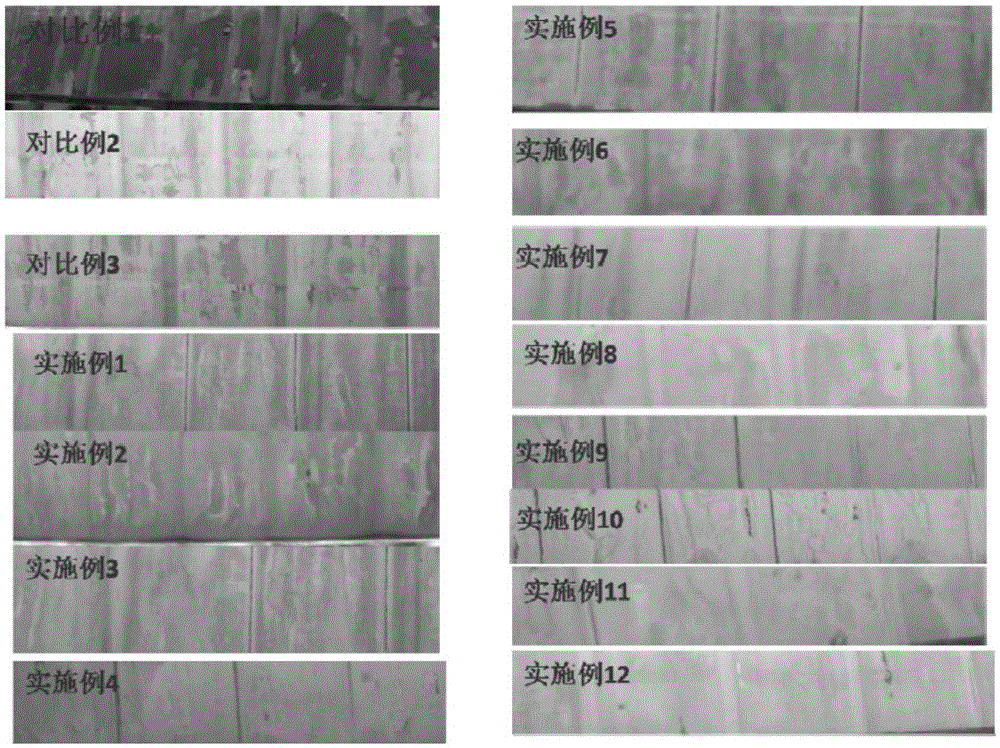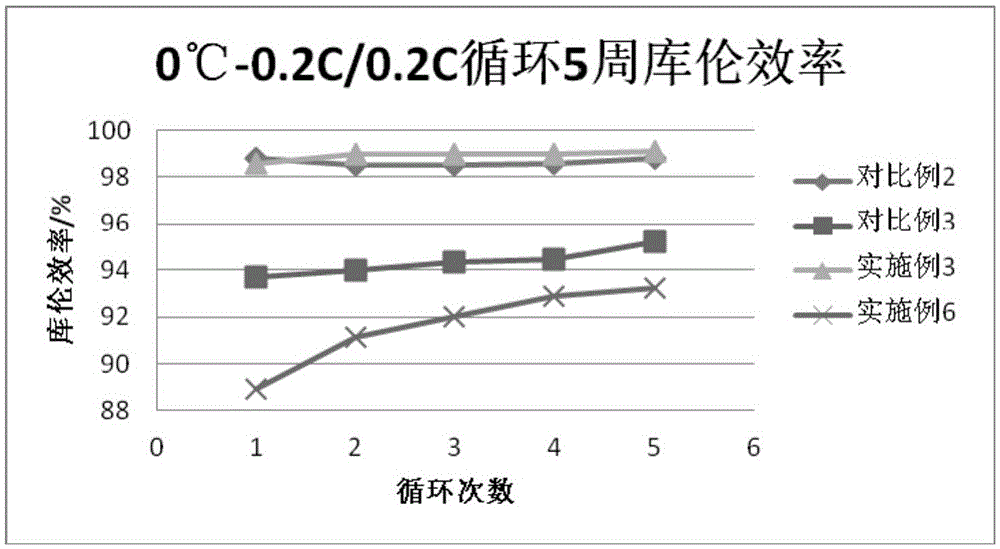Lithium ion battery electrolyte for improving battery pole piece interface
A lithium-ion battery and electrolyte technology, applied in the field of lithium-ion batteries, can solve the problems of lithium-ion separation, black spots, mass transfer and conduction speed reduction, and potential safety hazards in the pole piece, so as to achieve a good negative electrode interface, avoid lithium-ion separation during charging, and reduce The effect of safety hazards
- Summary
- Abstract
- Description
- Claims
- Application Information
AI Technical Summary
Problems solved by technology
Method used
Image
Examples
Embodiment 1
[0039] In a glove box filled with argon (moisture 6 , and stirred until it was completely dissolved to obtain the lithium-ion battery electrolyte of Example 1.
Embodiment 2
[0041] In a glove box filled with argon (moisture 6 , and stirred until it was completely dissolved to obtain the lithium-ion battery electrolyte of Example 2.
Embodiment 3
[0043] In a glove box filled with argon (moisture 6 , and stirred until it was completely dissolved to obtain the lithium-ion battery electrolyte of Example 3.
PUM
 Login to View More
Login to View More Abstract
Description
Claims
Application Information
 Login to View More
Login to View More - R&D
- Intellectual Property
- Life Sciences
- Materials
- Tech Scout
- Unparalleled Data Quality
- Higher Quality Content
- 60% Fewer Hallucinations
Browse by: Latest US Patents, China's latest patents, Technical Efficacy Thesaurus, Application Domain, Technology Topic, Popular Technical Reports.
© 2025 PatSnap. All rights reserved.Legal|Privacy policy|Modern Slavery Act Transparency Statement|Sitemap|About US| Contact US: help@patsnap.com



